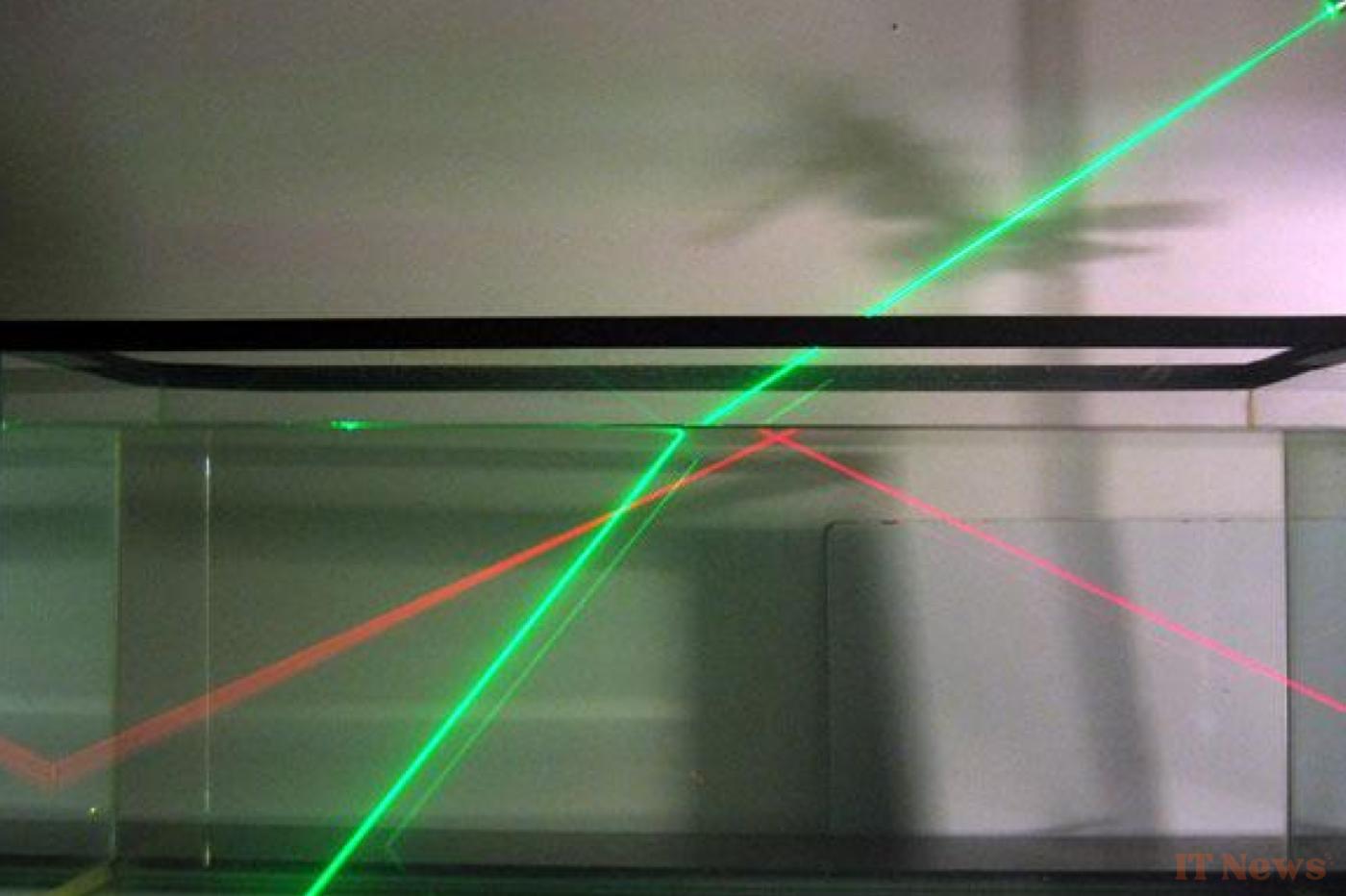Astronomy enthusiasts are in for a beautiful spectacle tonight. On the morning of March 14, the Moon will take on a stunning coppery hue, hence why it's often called a "Blood Moon." Here's what you need to know about this rather rare phenomenon, which only occurs every two to three years.
This unusual color results primarily from a very specific alignment between different celestial bodies. Indeed, the most spectacular "blood moons" only occur during lunar eclipses. This term refers to a situation where our star, the Earth, and the Moon are aligned on the same axis, in that order. Unlike solar eclipses, where the Moon temporarily blocks the Sun from our view, this time it is our planet that deprives its natural satellite of light emitted by the star.
Why does the Moon turn orange?
So why is the Moon not completely invisible under these conditions? Why do we observe this color instead of seeing it temporarily disappear? The answer lies in the combination of different optical effects, all linked to the relatively thick and dense atmosphere surrounding our blue Planet.
The first is refraction. You have undoubtedly already observed that a light beam tends to change trajectory when it passes from one medium to another. This is one of the reasons why we can observe a sort of "cut" in the middle of a straw in a glass of water, or in the body of a person standing in a swimming pool.
This illusion is due to the fact that the two media have different refractive indices—and this is also the case for the vacuum of space and Earth's atmosphere. When sunlight passes from vacuum to air, its trajectory changes direction, and some of the radiation can therefore reach the Moon even if it is completely obscured by our planet.
But this refraction is not enough to explain the color of these "Blood Moons." This difference is linked to the phenomenon of diffusion, and more specifically to what is called Rayleigh scattering. Indeed, light rays do not emerge entirely unscathed from their passage across the boundary between the atmosphere and space. They are partially redirected in all directions, hence the term diffusion. In practice, this means that a good portion of this radiation will never reach our eyes.
But not all components of sunlight are treated equally. Shorter wavelengths, which correspond to blue and violet hues, are much more affected by this scattering than those associated with the color red. As it passes through the atmosphere, the light undergoes filtration. The blue color is mostly scattered in all directions, while red light is relatively spared and can continue its path to the object before being reflected back onto our retina.
This is why the Sun appears bright red to us when it rises and sets, and it is this same phenomenon that gives the Blood Moon its color. Since the red and orange portion of the light spectrum is less diffused, it is refracted more towards the Moon than the rest of the spectrum, giving our satellite this superb coppery color.
Who will be able to observe it?
Europe will unfortunately not be the best place to enjoy the spectacle. From France's point of view, this eclipse will only be partial, particularly in the East where the color is likely to be much less pronounced. But it will still be possible to perceive it in the West, and particularly in Brittany, on the morning of March 14.
The spectacle will begin from 6:10 a.m., the time at which the Moon begins to enter the shadow cone generated by the Earth. The color should be most pronounced a little before 8 a.m.; This will be the perfect time to take some nice photos or simply to feast your eyes on the view, provided you find a suitable vantage point.




0 Comments